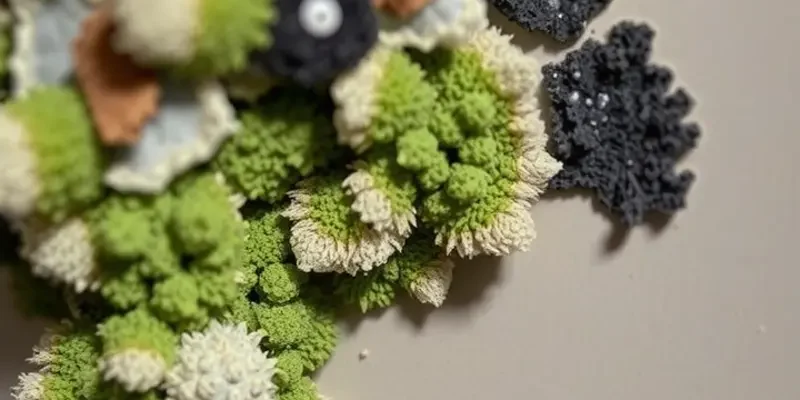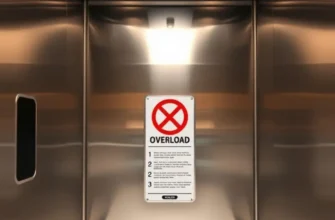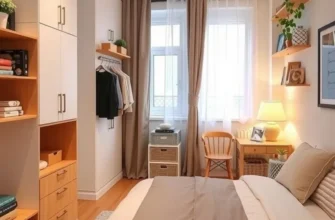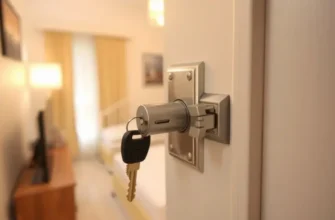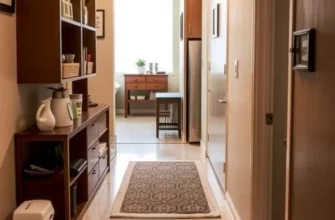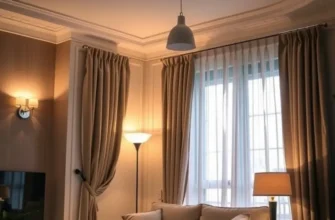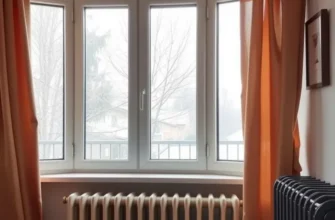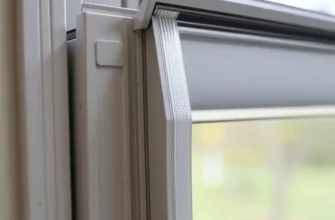Living in an apartment offers convenience, but it also has its unique set of challenges, including mold growth. Mold thrives in humid environments, making it critical for renters to prioritize prevention strategies. Addressing mold not only impacts health but can also affect your security deposit and overall enjoyment of your home. Learning how to keep mold at bay contributes significantly to creating a safe living environment. This guide empowers renters with practical, hassle-free strategies to deter mold and enhance their apartment living experience. Whether you’re in a high-rise or a cozy unit, arming yourself with knowledge can lead to a healthier, happier home free from mold-related concerns. Let’s dive into actionable prevention methods tailored specifically for renters like you.
Understanding Mold and Its Risks
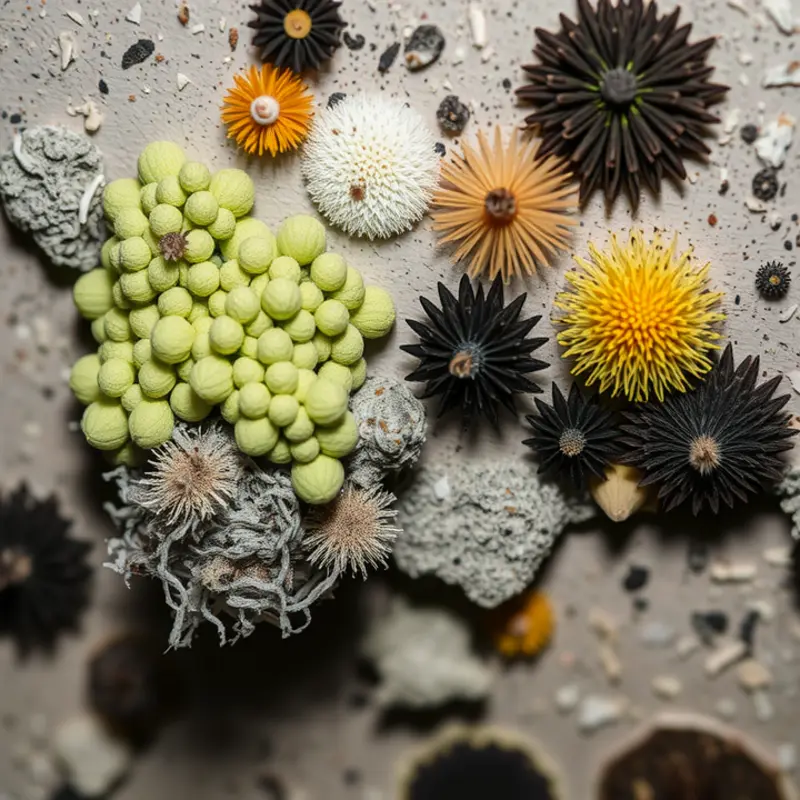
Mold is a common yet often overlooked issue in apartment living. It’s a type of fungus that thrives in damp, humid environments. These microscopic organisms reproduce through spores, which travel through the air and can settle on various surfaces in your home. When these spores come into contact with moisture, they can grow into mold colonies.
Causes of Mold in Apartments
Mold grows wherever there is excess moisture. Apartments, particularly older or poorly maintained ones, present several potential sites for mold development. Leaky pipes, roof leaks, and even condensation from cooking or showering can create ideal conditions. Poor ventilation exacerbates the situation, as it traps humidity inside apartments.
Identifying Common Sources:
– Bathrooms: Steam from showers can lead to mold growth if proper ventilation is inadequate.
– Kitchens: Cooking without using an exhaust fan or hood can increase humidity levels.
– Basements or Ground Floors: Water seepage or lack of insulation can result in dampness, a common precursor to mold issues.
– Poorly Sealed Windows or Doors: These can allow moisture to enter and remain indoors.
Health Risks Associated with Mold Exposure
Exposure to mold can lead to various health problems, particularly for individuals with preexisting respiratory issues or weakened immune systems. Mold can trigger allergies, causing symptoms like sneezing, itching, and congestion. It can also exacerbate asthma, leading to more frequent or severe attacks.
Some molds produce mycotoxins, which can be harmful when inhaled over time. Long-term exposure can contribute to more serious health conditions, including lung infections. Therefore, recognizing and minimizing mold exposure is crucial for everyone, but especially for children, the elderly, and those with chronic conditions.
Why Prevention is Crucial
Preventing mold growth is more manageable than dealing with an infestation. Being proactive not only protects your health but also your belongings, as mold can damage furniture, clothing, and even the structural components of your apartment. Once established, mold is challenging and costly to remove. For renters, addressing the problem early helps prevent larger issues that might affect your tenancy.
For renters looking to maintain a safe and healthy living environment, understanding mold’s nature and risks is the first step. Beyond individual efforts, landlords have a responsibility to ensure the property is maintained appropriately. Being informed will empower you to communicate effectively with your landlord about necessary repairs or improvements. For a broader look at safeguarding your apartment, consider exploring flood prevention techniques to counteract potential water damage here.
Simple Strategies for Mold Prevention
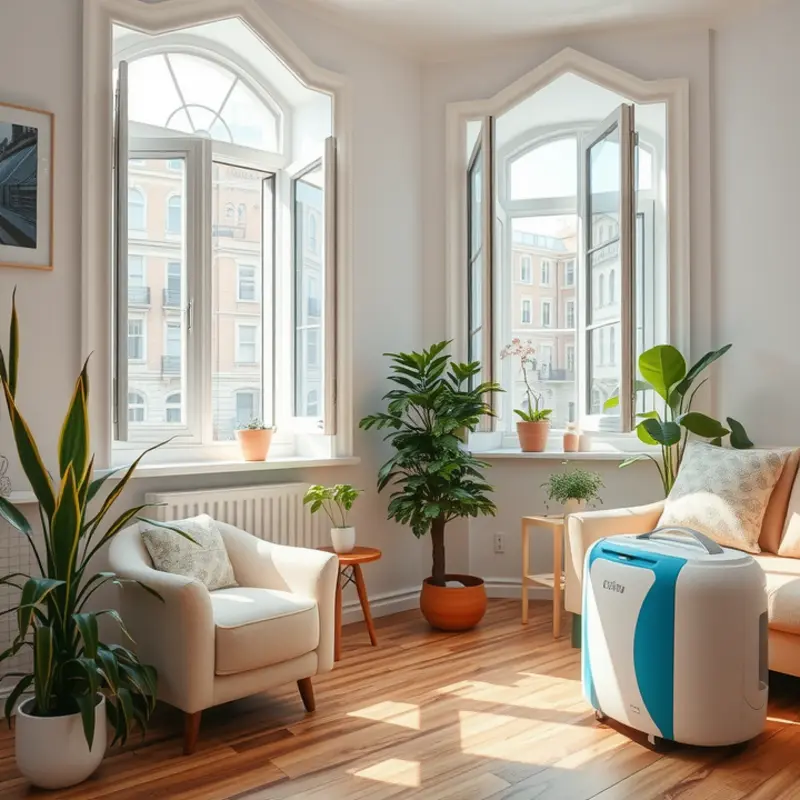
Mold prevention in your apartment is a combination of practical habits and regular maintenance checks. With a few conscious efforts, you can create a living space that is less inviting to mold spores.
Start by understanding where mold commonly thrives. Moisture is a major catalyst, so strive to maintain dry conditions. Use exhaust fans in kitchens and bathrooms during and after usage. If these spaces lack built-in ventilation, consider using portable fans to circulate air. Mold loves humidity, so aim to keep your indoor humidity below 60%. A hygrometer can help monitor these levels effectively.
One practical approach is managing condensation. Windows tend to accumulate moisture, especially in colder months. Wipe them down regularly to prevent water from seeping into wooden frames or caulking. Keep blinds open during daylight to allow the warm sun to dry any dampness on window sills.
Check for leaks in plumbing fixtures. A slow drip under the sink or behind the toilet can create a breeding ground for mold. Regularly inspect under cabinets and around appliance connections for any signs of moisture. When you spot an issue, notify your landlord promptly to fix it before it fosters mold growth.
Cleaning routines also contribute to mold prevention. Dust and clean areas prone to moisture accumulation, such as showers and kitchen sinks, frequently. Opt for mold-resistant shower curtains and launder them routinely. Mold can develop on clothes and linens if left damp; always ensure they are thoroughly dry before storing.
Encourage airflow to discourage mold. Position furniture a few inches from the walls to minimize moisture traps. Open windows periodically to let fresh air in, keeping environmental conditions at bay. Although it’s important to maintain privacy, allowing fresh air circulation is more beneficial in combating mold.
For storage, use plastic containers with tight seals instead of cardboard boxes. Cardboard can absorb moisture, making it prone to mold growth. This step is especially useful in basements or areas with fluctuating temperatures.
Don’t neglect areas like attics or crawl spaces in your mold prevention plan. Ensure these lesser-used spaces have ventilation and check them periodically. If dry spots are absent, report to your landlord for advice on improving conditions.
Finally, be vigilant for any early signs of mold. Smells of mildew, discolored patches on walls, or fuzzy growths on surfaces indicate mold presence that needs immediate attention. Early intervention prevents small problems from becoming major issues.
Implement these mold prevention strategies to maintain a healthy living environment. To further explore how proper organization in limited spaces contributes to a mold-resistant home, check out our guide on small kitchen organization.
Final words
In summary, edge out mold growth by implementing these practical strategies tailored for apartment living. Regular monitoring, proper ventilation, and maintaining humidity levels can drastically reduce the risk of mold. As a renter, knowing what to look for and how to act can save you time, money, and health concerns in the long run. By being proactive, you can ensure your living space remains a healthy haven. Remember, a little diligence goes a long way in mold prevention. Embrace these practical steps and enjoy your apartment with confidence.

